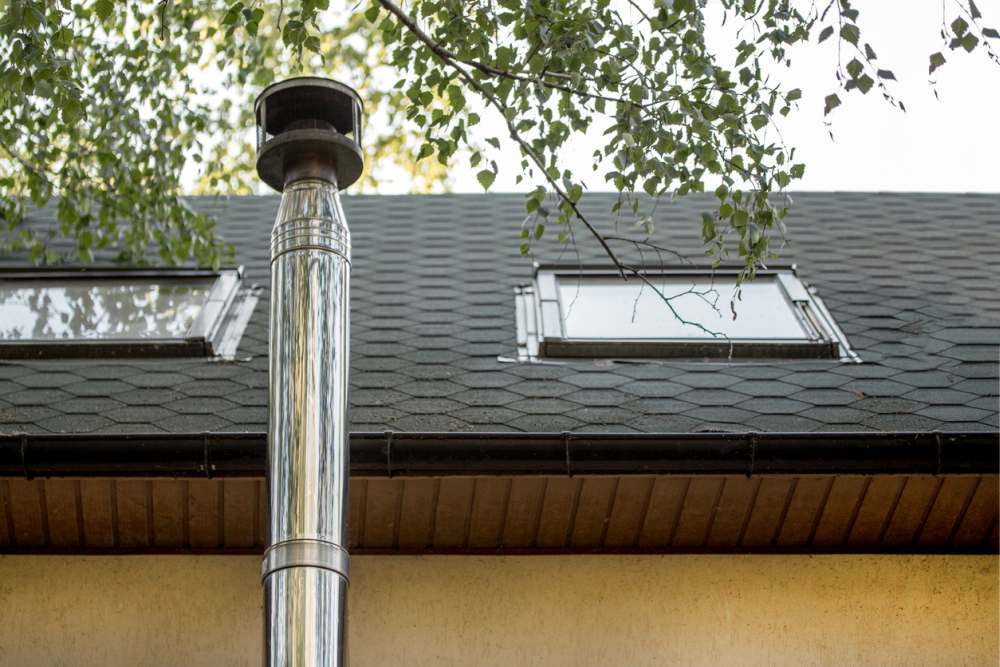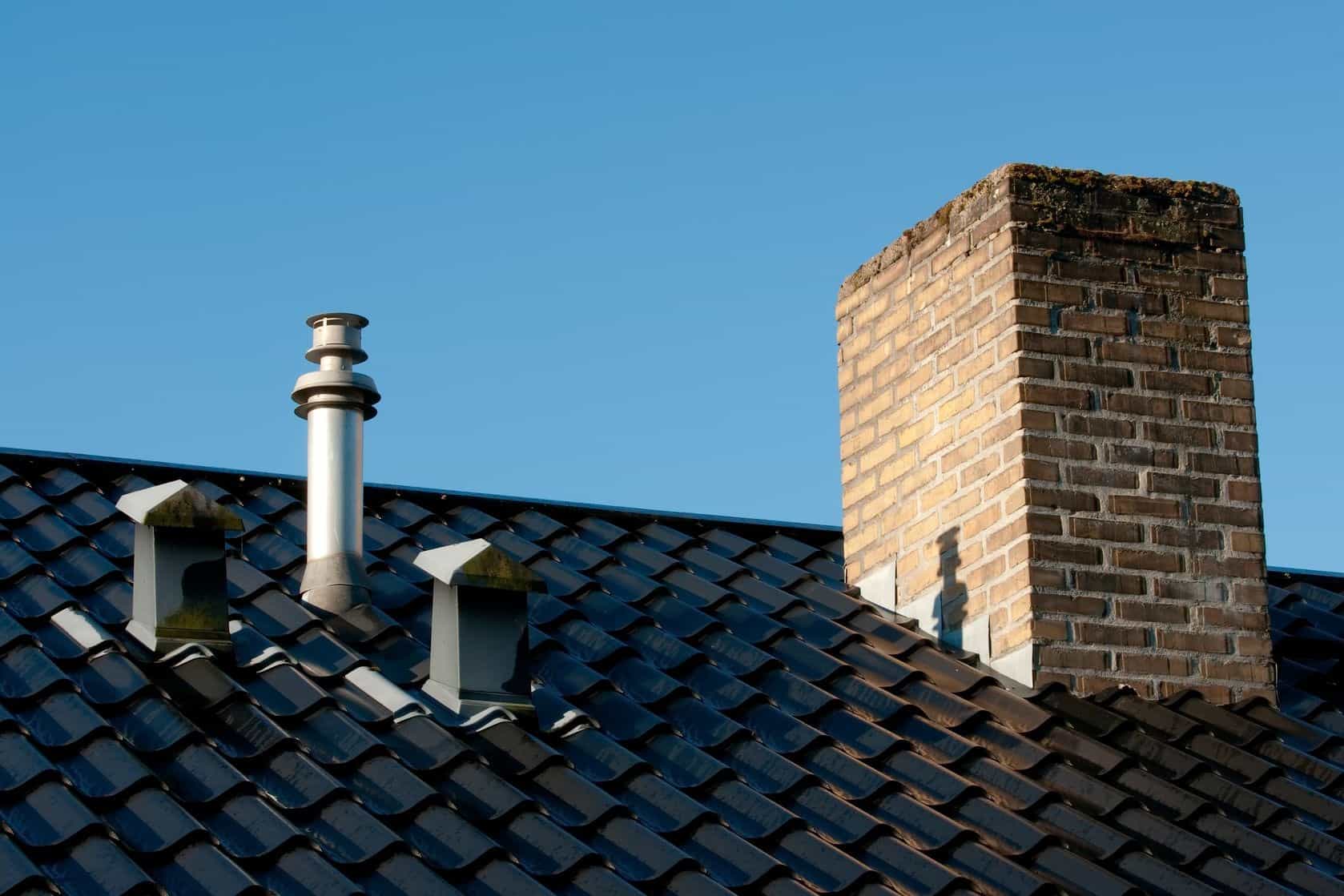The Necessity of Proper Ventilation in Home Plumbing Systems
The Necessity of Proper Ventilation in Home Plumbing Systems
Blog Article
They are making a few good observations regarding Essential Plumbing Vent Pipes: Understanding Their Role in general in the article below.

Appropriate air flow in pipes systems is usually neglected, yet it is critical for preserving the performance and safety and security of your home's pipes. Air flow aids control air pressure, protect against the buildup of damaging gases, and make sure the reliable removal of waste. In this guide, we will certainly check out the relevance of proper pipes ventilation, how it functions, and the benefits it offers your plumbing system.
Recognizing Ventilation in Plumbing
Ventilation in pipes refers to the network of pipes that enable air to stream via the drainage system. These vents serve multiple purposes, including controling air pressure within the pipes, stopping sewage system gases from entering the home, and aiding in the smooth flow of wastewater.
How Air Flow Works in Plumbing Solutions
Air Pressure Guideline
Appropriate air flow preserves well balanced air pressure within the plumbing system. When water moves via pipelines, it displaces air. Without ample ventilation, this variation can create negative pressure, leading to slow drains or siphoning of water from traps, which can cause unpleasant smells to leak into the home.
Avoiding Sewer Gas Build-up
Among one of the most critical functions of pipes vents is to stop sewer gases, such as methane and hydrogen sulfide, from accumulating within the home. These gases can posture serious wellness risks and are very flammable. Vent pipes enable these gases to leave securely outdoors.
Helping in Waste Removal
Ventilation helps in the effective elimination of wastewater by stopping airlocks in the water drainage system. When air can flow easily via the vents, it permits water and waste to move efficiently through the pipes, lowering the threat of clogs and back-ups.
Sorts Of Pipes Vents
Key Heap Vent
The main pile vent, additionally known as the vent stack, is the key air vent in a plumbing system. It expands from the primary drainpipe align through the roof, allowing gases to get away and fresh air to go into the system.
Branch Vent
Branch vents connect to the primary stack vent and offer individual components, such as sinks, bathrooms, and showers. These vents guarantee that each component has adequate ventilation to function properly.
Air Admittance Valve (AAV).
An Air Admission Shutoff (AAV) is a one-way shutoff that permits air to get in the pipes system without the demand for a conventional vent pipe extending via the roofing system. AAVs are typically utilized in remodellings or areas where installing a conventional vent is not practical.
Indicators of Poor Ventilation in Pipes.
Slow Draining Fixtures.
If your sinks, bathtubs, or toilets are draining pipes gradually, maybe an indication of bad ventilation. Inadequate air circulation can create a vacuum effect, making it hard for water to drain effectively.
Gurgling Seems.
Gurgling audios originating from drains pipes are frequently an outcome of air being drawn via water catches because of adverse pressure in the pipelines. This is a clear indicator of inadequate ventilation.
Unpleasant Smells.
Drain smells inside your home are a red flag that your pipes system is not properly ventilated. This can suggest that sewer gases are not being properly aired vent outside, resulting in possibly hazardous conditions.
Common Air Flow Mistakes.
Insufficient Vent Sizing.
Making use of small vent pipes can cause poor air circulation and pressure inequalities in the system. It's important to use vents that fulfill the certain requirements of your pipes system.
Improper Vent Positioning.
Placing vents also much from the fixtures they serve can reduce their efficiency. Appropriate placement ensures that air can move easily and efficiently via the system.
Disregarding Code Demands.
Building regulations provide details guidelines for pipes ventilation. Ignoring these codes can lead to a system that falls short to work correctly and may lead to pricey repair work or health hazards.
Advantages of Proper Air Flow.
Enhanced System Effectiveness.
Appropriately ventilated plumbing systems operate more efficiently, with less obstructions, faster draining, and less stress on the pipes. This efficiency expands the lifespan of the pipes system.
Improved Air High Quality.
By avoiding drain gases from entering your home, correct air flow contributes to much better indoor air quality, making your living environment healthier and much more comfortable.
Protecting Against Water Damages.
Appropriate ventilation aids stop water from being siphoned out of traps, which can bring about drain gases entering the home and creating water damage over time.
Actions to Ensure Proper Air Flow.
Consulting Plumbing Codes.
Constantly seek advice from neighborhood pipes codes when creating or changing your pipes system. These codes give the necessary standards for correct venting and guarantee your system meets safety and security requirements.
Regular Assessment and Upkeep.
Normal inspections can aid identify prospective air flow concerns before they become major issues. Upkeep jobs, such as cleaning vent pipes and looking for blockages, are necessary for maintaining the system in good working order.
Specialist Installment.
For brand-new installations or significant alterations, it's smart to employ a professional plumber. They have the competence to make sure the ventilation system is correctly made and set up according to code.
Conclusion.
Correct ventilation is an essential element of any type of plumbing system, making sure that it operates efficiently and safely. By recognizing the value of air flow, acknowledging the indicators of poor air flow, and taking actions to preserve your system, you can protect against expensive concerns and shield your home's air quality.
Understanding the Role of Your Plumbing Vents in the Drainage System
The plumbing system in your home is more than just the kitchen sink, toilet, and bathroom. Some problems that arise within home plumbing are hard to detect because homeowners may not understand potential causes.
One part of the plumbing system that could cause you endless problems is the venting. The drain lines that run through your home and drain wastewater need proper venting to function properly. Faulty plumbing vents can lead to several problems that require the expertise of a plumber to check them out. Before finding experienced plumbing services, there are a few things to learn about plumbing vents.
Why vents are vital
Vents in the plumbing system lead to an outside area such as the roof or the back. The function of these vents is to keep sewer gases away from the drain pipes. They also establish seals in the drainage pipes that prevent the sucking back of waste gases into the home. Venting in the plumbing system also allows oxygen to get into the drainage system, which is an essential component in the breakdown of waste matter. The vents also ensure that the air pressure within the drainage system remains balanced, facilitating the flow of wastewater.
Possible problems
When the plumbing vents are problematic, one of the consequences is imbalanced water levels in the toilet. If you notice that the levels in the toilet bowl rise and fall all the time, then there may be something wrong with the vents.
Another issue is air bubble formation within the toilet. In most cases like these, the drain pipes are not receiving enough air. Lack of air pressure equalization is what leads to water flow problems. If you come across such issues in your home, make sure you call professional plumbers, such as the ones from Perfection Plumbing & Drain Cleaning Ltd.
Potential causes
Several scenarios can lead to some of the plumbing problems that homeowners suffer because of venting. One such scenario is the use of incorrectly sized vents. Usually, vents are the same size as the drain line to facilitate proper venting. Vents that are too small will lead to some plumbing issues. Another potential cause is fixtures that are not close enough to the vents. In this scenario, air forces itself through the traps of other fixtures, leading to gurgling sounds from toilets and sinks.
Most of these problems also happen with clogged vents. Tree leaves and debris can cause clogging when they make their way down a vent. Unclogging plumbing vents is a service that you can entrust to Saskatoon plumbers. They will know how to snake down vents and remove clogging stuck in fixtures.

Do you like reading about What Is A Plumbing Vent & How Do They Work?? Place a remark directly below. We would be glad to know your opinions about this write-up. In hopes that you come back again in the future. Sharing is good. You won't know, you could be helping someone out. I enjoy your readership.
Visit Our Site Report this page